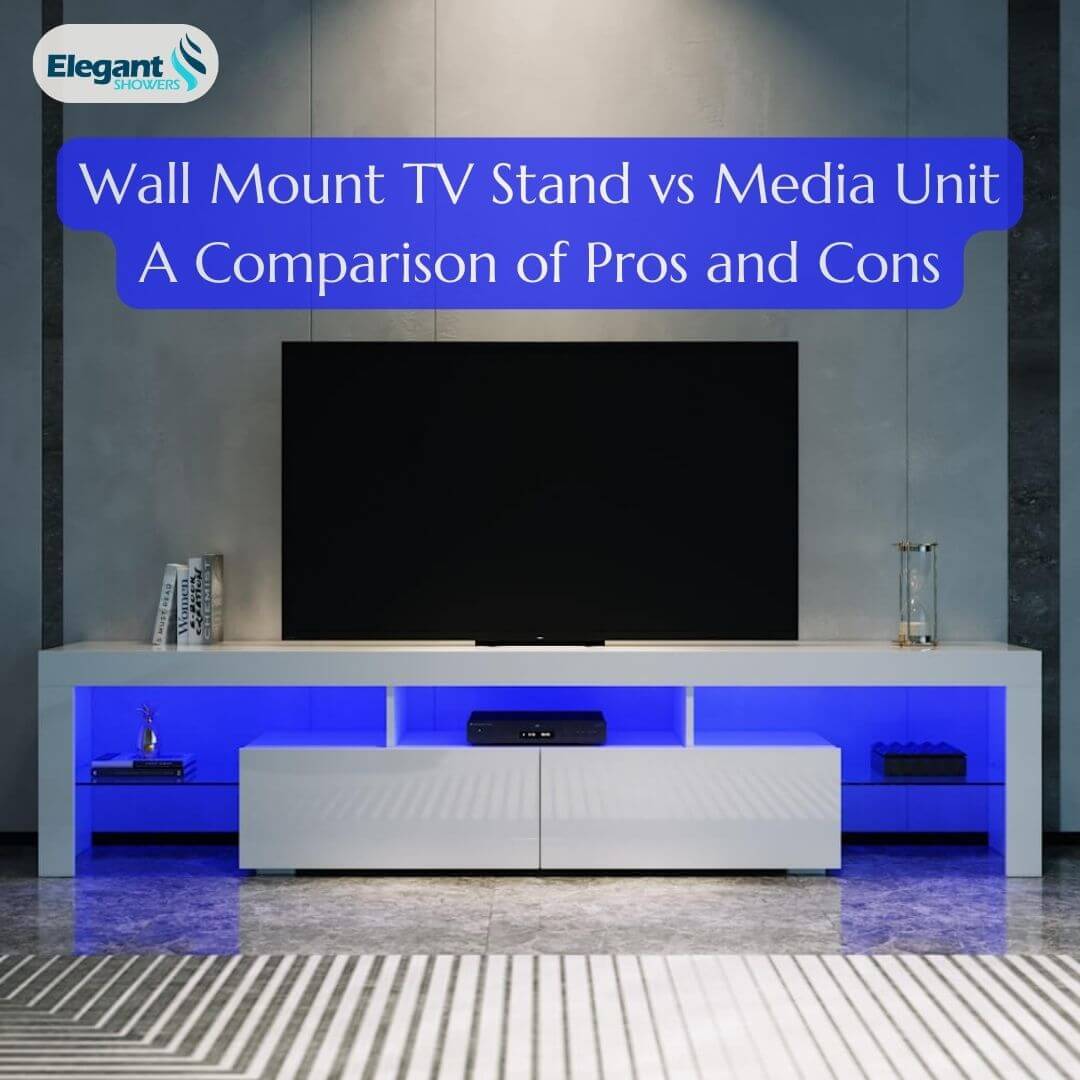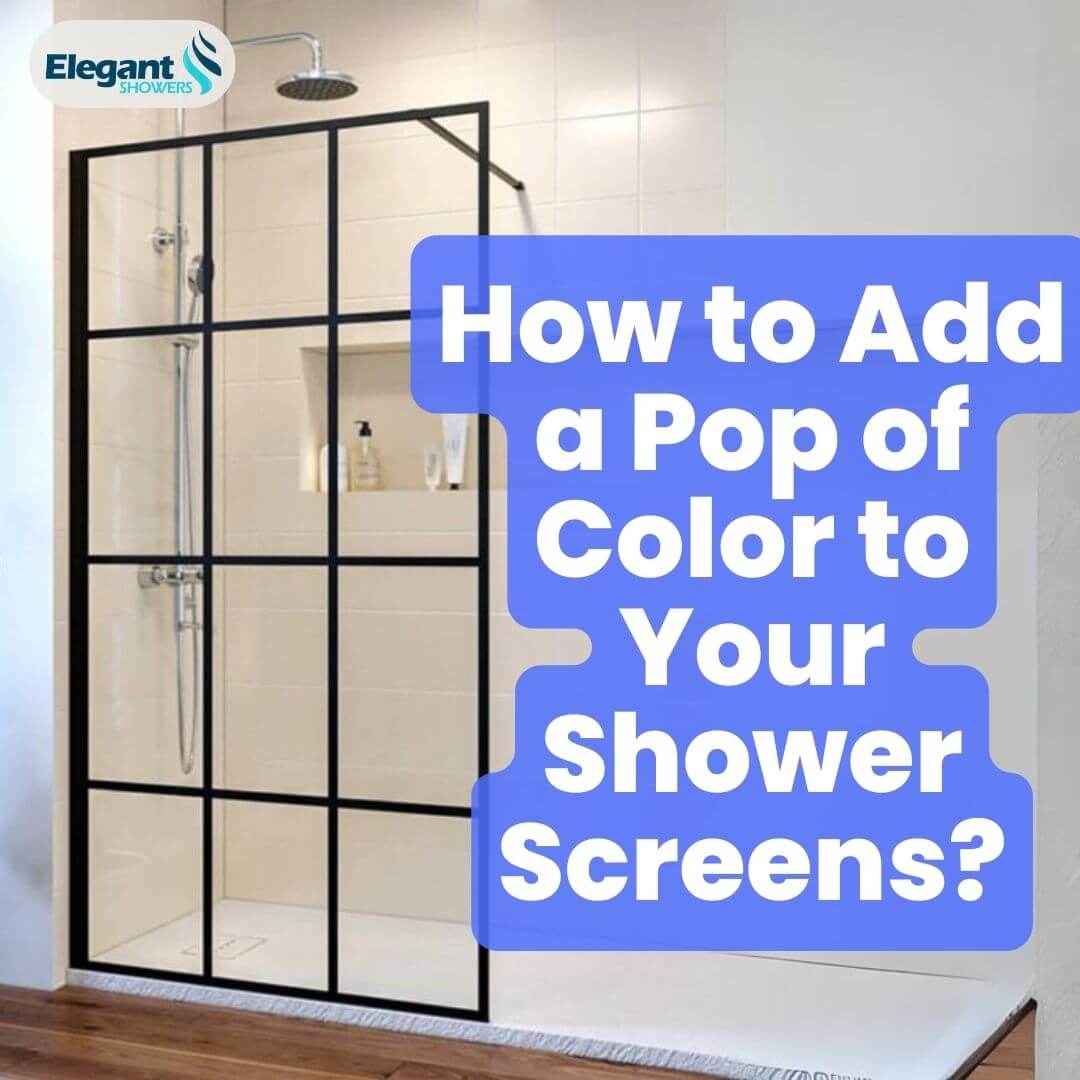Wall mounts and media units both have their place when it comes to displaying your TV. This guide examines the pros and cons of each to help you choose what fits your space and lifestyle best.
Wall mounts securely attach your TV directly to the wall, with options like fixed, tilt, or full-motion positioning. Media units are furniture designed with built-in storage for your TV and entertainment components. You can find the right mix of function and aesthetics for your viewing pleasure.
Advantages of a Wall Mount:
A wall mount has several advantages, including saving floor space for smaller rooms, increasing safety by avoiding tip-overs, flexible placement on any wall, a seamless look without bulky furniture, and customizable height/angle fitting your viewing needs. Wall mounting also provides easy rear access without moving heavy equipment.
Downsides involve the installation process requiring wall modification. Fixed mounts limit future adjustment potential too. Cable management becomes an added consideration as wiring must be concealed running through walls. Wall mounts also lack integrated storage solutions found in media units.
Cons of a Wall Mount TV Stand:
- Cable Management: With wall mounting, you need to consider cable management. Cords must be either run along the wall surface or hidden inside the wall, which may require the use of cable concealers or in-wall kits.
- No Storage: Wall mounting eliminates the built-in media storage space provided by media units. You will need alternative furniture or shelving to accommodate components and media storage.
- Difficult installation: Wall mounting a TV requires finding studs in the wall and properly securing the mount, which can be tricky. Improper installation risks the TV falling. Professional installation is safer but costs more.
- Limits TV size: Very large, ultra-heavy TVs may exceed the weight limits of standard wall mounts, requiring specially reinforced mounts.
Pros of a Media Unit
- Storage Space: Media units provide ample enclosed storage for all your audio/video components. They have enough interior space to accommodate gaming consoles, streaming devices, Blu-ray players, cable/satellite boxes, and more in an organized fashion. Cords, remotes, and accessories can also be neatly stored away. This built-in storage eliminates clutter and keeps your entertainment hub tidy.
- Simple Setup: Media units also make installation a breeze. Simply place your TV on the top surface - no drilling, hanging brackets, or advanced tools are required. You can avoid the hassle and safety risks of wall-mounting altogether. Media units also allow easy repositioning by just lifting the TV on and off as needed. This plug-and-play flexibility is convenient for rearranging room layouts.
- Hidden Cable Management: Built-in channels, cavities, and wire routing solutions keep cords neatly concealed from view. Media units incorporate integrated cable management for a streamlined appearance. This built-in wiring infrastructure cleans up the cable clutter often associated with home theaters.
- Varied Style Options: A wide spectrum of design styles is available to suit different interior aesthetics. From sleek Scandinavian to rustic lodge looks, media units complement traditional to modern room decor themes. This diverse selection increases the chances of finding the perfect fit for your space.
- Child and Pet Safety: Closed cabinetry shields fragile components from little hands and paws. Doors also allow full obstruction of the TV screen as needed. This layered protection safeguards expensive electronics from potential damage or breakage.
Cons of a Media Unit
- Floor Space Limitations: Media units have bulky footprints that take up valuable living space. This can constrain furniture placement in smaller rooms and limit walking paths. The large size restricts layout flexibility and denies alternative uses for that floor area.
- Ergonomic Constraints: If you want to set them at a fixed height, media units do not offer adjustable positioning. Over time, this static display elevation may become non-optimal for comfortable viewing angles. Proper ergonomics are important to prevent neck strain.
- Maximum Display Size: The internal cabinet dimensions and weight load rating of each media unit determine the largest TV that can be safely supported. Owners are restricted to that size capacity even if upgrades become available or desired in the future.
- Dust Accumulation: Enclosed spaces inside media unit cabinets trap interior dust and dirt that's difficult to remove thoroughly during regular cleanings. Components require more frequent dusting maintenance compared to wall-mounted displays.
- Tip-Over Safety Hazards: Freestanding furniture lacks inherent stability and can potentially tip over if bumped accidentally. Young children or energetic pets make unwary bumps more likely, endangering expensive electronics inside without installed anti-tip anchoring for security.
| Feature | Wall Mount TV Stand | Media Unit |
|---|---|---|
| Space Saving | Yes, saves floor space | No, takes up floor space |
| Safety | Reduces tip-over risks | Potential tip-over hazard without anti-tip anchoring |
| Installation | Can be complex (requires drilling and securing to studs) | Simple setup (no tools or drilling needed) |
| Adjustability | Fixed, tilt, or full-motion options available | Typically non-adjustable height/angle |
| Storage Solutions | Lacks integrated storage; requires additional furniture | Ample enclosed storage for media components |
| Cable Management | Requires cable management system; may need in-wall kits | Built-in cable management features |
| Style Options | Suits minimalist styles well | Variety of designs to fit room decor |
| Child/Pet Safety | Higher safety by avoiding climbing furniture | Closed cabinets protect from direct access |
| Weight Limit/TV Size | May require reinforced mounts for ultra-heavy TVs | Depends on unit's weight rating; limits future upgrades |
| Dust Accumulation | Less dusting required for the TV area | Enclosed spaces trap dust; requires frequent cleaning |
| Rental Restrictions | May not be allowed in rentals | Removable, no permanent modifications needed |
Key Factors to Consider When Choosing Between Wall Mounting and a Media Unit
When deciding how to mount your TV, several key factors come into play. Let's explore these factors and how they can help you determine whether wall mounting or using a media unit is the best option for you.
Room Size and Layout:
In very small rooms, every square foot counts. Wall mounting frees up valuable floor space and creates a more open, uncluttered feel. However, in moderate-sized rooms, a media unit can serve as a useful anchor or focal piece and provide the bonus of built-in storage. For large rooms like great rooms or home theaters, ample floor area allows the flexibility of a media unit without feeling cramped.
Viewing Habits:
Wall mounts are ideal for families that gather around the TV daily where adjustability is important. Being able to fine-tune the height, angle, and position based on different activities ensures everyone's comfort. Occasional viewers won't mind a fixed placement as much since it's not their primary focus.Finding an adaptable viewing height and angle can help you watch TV cozily.
Safety Considerations:
Especially where young children are present, a wall-mounted TV helps prevent accidents from tipping or pulling units over. It removes the temptation for kids to climb or stand on furniture too. However, media units can work in trustworthy households without these safety risks as long as items are secured from falling off edges.
Media Components & Storage:
Those with just a few streaming sticks or gaming consoles don't need much storage. Wall mounting keeps things decluttered. But audiophiles or gamers with a fleet of equipment benefit greatly from all the drawers, cabinets, and adjustable shelves of a media unit to neatly organize their collection.
Cord Management:
Wall mounts require coverings or casing to conceal wiring which adds an installation step. Media units cleverly hide all the spaghetti-like cables and cords out of sight within their enclosed design. This ensures a seamless, polished look without extra effort to wrangle loose cabling.
Furniture Style and Decor:
- The style of your furniture and overall room decor can influence your choice. Rustic media units may integrate better with farmhouse-style decor, adding to the aesthetic appeal.
- Wall mounting often suits modern and minimalist spaces, providing a sleek and clean look.
Rental Restrictions:
If you live in a rental unit, wall mounting may not be allowed due to restrictions in the lease agreement. In such cases, freestanding media units offer a removable and damage-free solution.
The Ideal Option Depends on Your Needs
Whether wall mounting or a media unit works best depends on your space, lifestyle, viewing habits, and decor taste. Carefully weigh the pros and cons outlined above against your needs. Wall mounting simplifies smaller spaces and provides flexible placement, while media units integrate seamlessly into larger rooms and offer ample component storage. With the right choice made stylishly, you can enjoy your ideal entertainment center setup.






